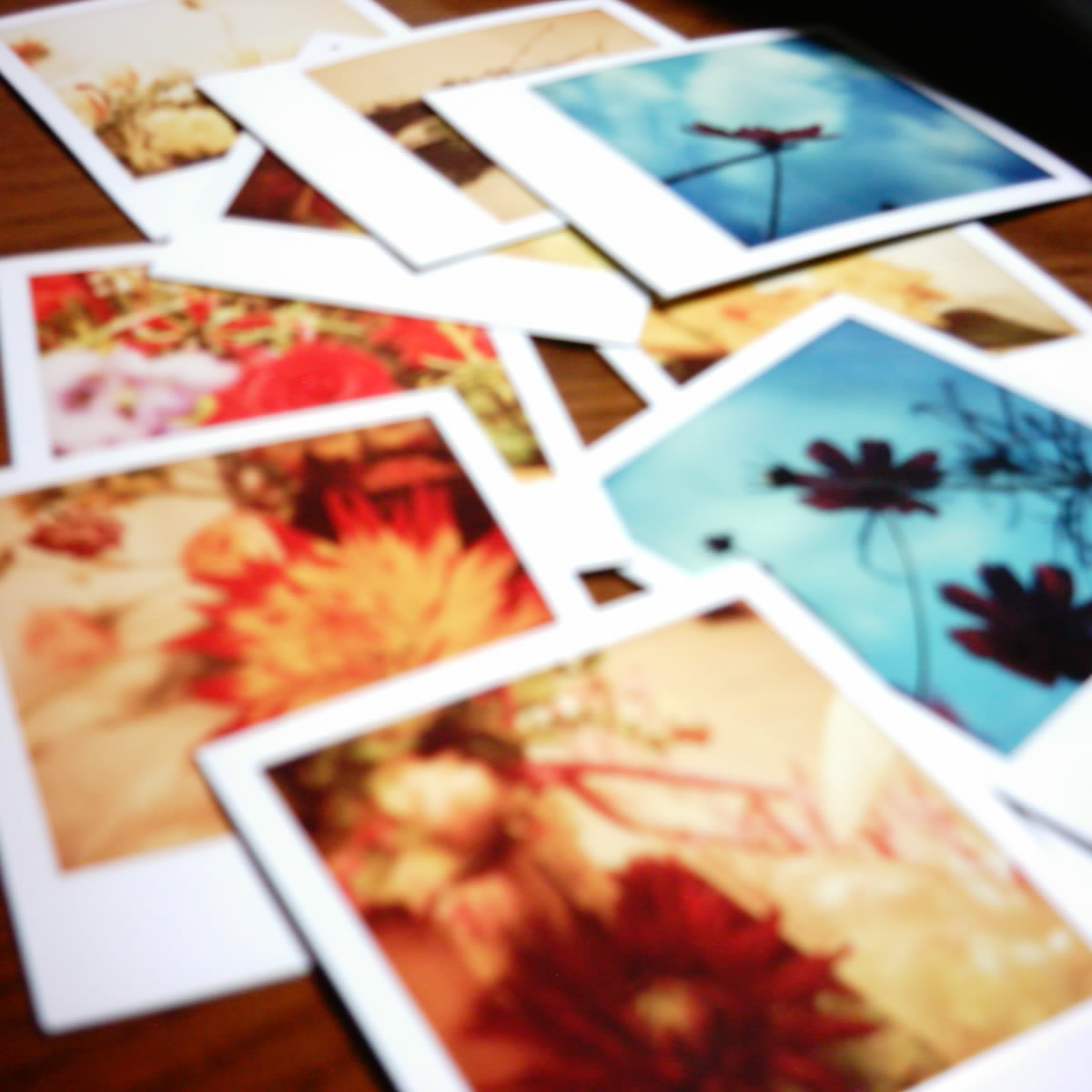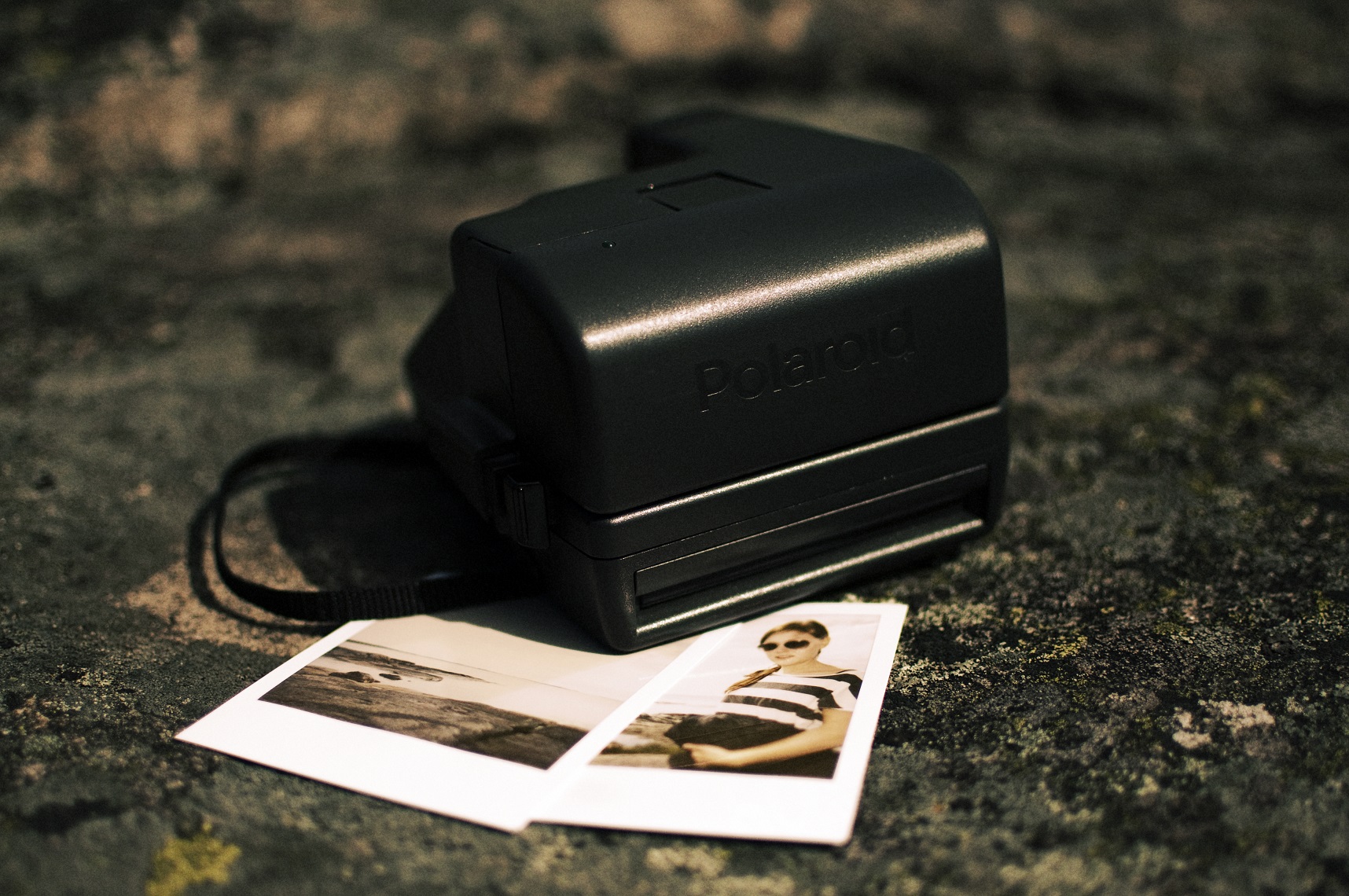This is a guest post by Erez Zundy, IM Creator‘s Online Marketing Manager, who has some great tips for writers looking for great images to help convert readers.
The old adage about a picture’s worth in words hardly does justice to the power images can have over a website’s conversion rate. After all, researchers have found that even irrelevant images can help strengthen a product’s value proposition. Still, how is it that so many images seem to fall flat when we use them on our websites, on social media, and in advertising? In this blog post, we’ll take a look at how to choose images that help you convert, with plenty of scientific research, case studies, and of course, tips along the way.
The myths about what makes an image sell
First things first: Is there really a secret recipe for choosing images that will appeal to a user’s “buyer brain”? Do images of babies and beautiful women actually help boost conversion rates? What about more complex philosophies, like the way a hand gesture or a subject’s gaze subtly guides a user toward the call-to-action button?
The short answer to each of these mammoth questions is: No.
While there is good reason to suggest that images of babies, and women can draw users in, that we humans might be innately drawn to images of powerful or attractive people (as described in an early 20th century theory called the “Halo effect”), and that users may follow the subject of a photograph’s gaze toward a product or call-to-action, none of these theories alone guarantee higher conversion rates. The research attached to these studies, after all, provide insights, but should never be taken as golden rules, despite what so-called conversion optimization experts might tell you.
In reality, the science of conversion is no magic trick; the only way to find out what helps your product or service move is to try, try, and try again to see what sticks with your users. This process requires reliable resources, a good understanding of A/B testing and data analysis, and a whole lot of patience.
Test, test, and test again
A/B testing works by simultaneously publishing two versions of a web page (often with minor differences between them), and seeing which version performs better as they are randomly shown to users. A/B testing is, far and away, the most successful method of boosting your conversion rate, as it objectively pinpoints what users respond to – and what they don’t.
When it comes to choosing the images that help your website convert, A/B testing can prove particularly useful. Take the lingerie brand Adore Me, whose conversion story was published in Fast Company. Wanting to know which of their models was best at selling the company’s unmentionables, Adore Me’s data-driven CEO decided to run a series of A/B tests. The results revealed a wealth of information not just about the tastes of their customers, but also about the subtle gestures that make a photo intriguing: a hand on a head sells better than a hand on a hip, blondes don’t sell well, etc. etc.
The key takeaway? Even crisp, beautifully shot images need to be experimented with to find which appeal most to customers – decisions can’t be left to professional photographers alone.

Images that draw attention to the right places
Even if there is no secret recipe to choosing the perfect, high-converting sales images, there are a number of best practices to keep in mind before you upload photos to social media or your landing page.
Here are our top 3:
Light and contrast
Don’t roll your eyes on this one, the way an image contrasts with its surroundings really does make a difference as to where and when users pay attention, just not in the way you might think. According to eye-tracking specialists EyeQuant, who have conducted numerous eye-tracking studies on the way in which users’ eyes move when they first land on a website, our eyes are naturally directed toward what pops out at us visually, and not necessarily what we are searching for.
These findings make a big difference when it comes to making the page elements you want to stand out really shine: As a rule of thumb, the element on the page with the most “luminance contrast” – or color contrast to other elements on a page – wins.
This rule holds especially true on pages that list several products at once, such as on Amazon or ecommerce sites. If, for example, most of your competitor’s products on a third-party seller website are predominantly blue, try adding a splash of orange to your image; the complimentary color will set your image apart from others and customers’ eyes will be naturally drawn toward it.
De-Clutter
Here’s a little more eye-tracking wisdom: Bigger isn’t always better. As more research suggests, the page elements users notice most are those with the most space around them. In other words, to make an image stand out, consider leaving plenty of space around its margins.
De-cluttering also applies to the image itself. Try to choose images that don’t create too much visual noise around the focal point of the image, and don’t be afraid of singular still lives with clean, polished backgrounds (think Apple).
Another way to de-clutter is to use one big image, as opposed to several smaller ones, thus creating a dynamic yet clean background to set your call to action off with. CrazyEgg put this idea to the test with the French e-commerce site for the skiing brand Saloman. By swapping several smaller (and more diverse) images for one, over-sized image, Saloman boosted their French sales by 39.8%, and their global sales by 29.7%, with a 99.9% confidence rate.
Real people, real photography
We humans are empathetic beings. We want to be able to feel as if we are connecting with others, and to feel personally engaged by a website. This may be one reason why images of real people have such a positive effect on user engagement. This well-known case study published by ConversionXL points to Medalia Art’s 95% conversion rate boost simply by changing profile pictures from paintings to people. Meanwhile, 37Signal’s project management tool Highrise grabbed a 47% rise in sign-ups by using big, direct images of real customers (and a whole lot of A/B testing).
Tips and Checklist
- Do I use stock photography? In most contexts, stock photography comes off as impersonal and stiff. If you’re not able to hire a photographer to take photos for you, online resources for free images, such as Flickr Creative Commons and Wiki Commons, or better yet, IM Free, a beautifully curated collection of open-source, rights free images ready for use. Just make sure to properly understand image copyright rules.
- Are my product images trustworthy? Would you purchase a product that appears grainy, underlit, or pixelated in photos? Neither will your customers. Invest in hiring a professional, or follow one of many DIY photography guides to re-photograph your products yourself.
- Do I have enough photographs? Most web users feel increasingly daunted by long blocks of text, especially when they are not regularly interspersed with relevant images. Use eye-catching images as a way to help tell your story, not just as a distraction from text-based descriptions. When it comes to product photography, the more the better; in lieu of holding a product in their hands, users want to be able to understand the scale, texture, and weight of a product, not just its appearance.
Image credits:
Polaroid Close up by Johan Blomström, licensed CC BY 2.0
polaroids by Kadorin, licensed CC BY-ND 2.0


0 Comments